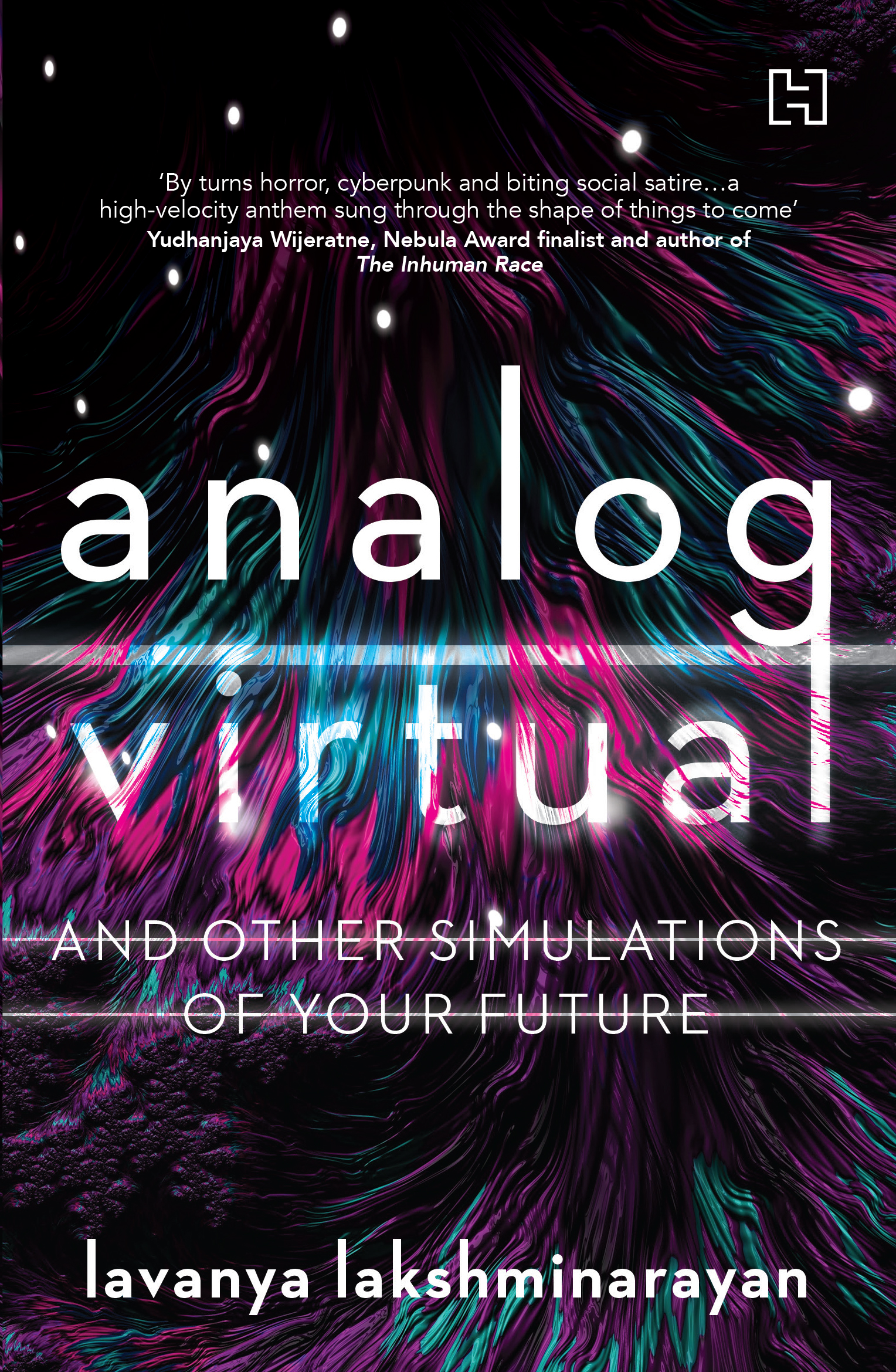What do you think?
Rate this book


310 pages, Paperback
First published February 20, 2020
In the near-future, everything in Apex City (formerly known as Bangalore) is ruled by Bell Corp and its Bell Curve. Citizens who are born into or fit into the top twenty percent in terms of productivity/success/wealth dictate terms. They are the Virtual Elite, lording it over the next seventy percent who live in constant fear of deportment if their productivity index dips. The bottom ten percent are the Analogs, the ‘scum of humanity’ who live outside the technologically segregated zone, with no access to even the basic facilities such as running water or electricity. The system is perfect, or at least the Virtuals think so. However, unknown to them, a ‘ten percent’ thief has stolen a jacaranda seed from Apex City’s lush climate-protected gardens, and planted it in the barren soil of the Analog world, thereby setting off a revolution.
The novel is written as a series of vignettes coming from the first-person and third-person perspectives of various characters, both Virtual and Analog.
It bursts into flower, a whisper of jacaranda falling to the ground. There's a face at the grimy window. Gasps of wonder. Footsteps. She melts into the shadows, invisible.
Tomorrow, there will be consequences. Today, there is hope.
"John. John, John. Your Productivity isn't an issue. I've looked through your reports. Your Productivity Points are through the roof."
"Oh."
"There's no need to work longer hours."
"Oh. Good."
"However. Your opinions, John." Mr Morris looks at him gravely. "Your opinions just aren't right."
Magistra AB43 is calm but stern. Teresa has discovered that she - for the bot's pre-assigned gender is female, just like all edu-bots and nanny bots - is programmed to be feminine. Bell Corp has designed her Sentient Intelligence algorithm to favour emotional sensitivity and heightened skill at handling children. Teresa questions the validity of these assumptions regarding womanhood, but as with most other matters, she does so in silence.
“When the veil drops, it is both devastating and empowering. Reality awakens you to all you thought you knew, and the possibilities that arise from letting it go. It begins with facing the truth. Here’s ours: we are dirt.”
do consider reading this review over at my blog!